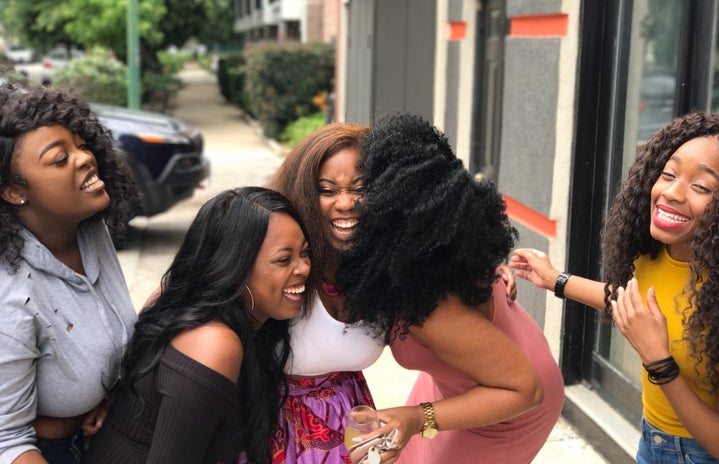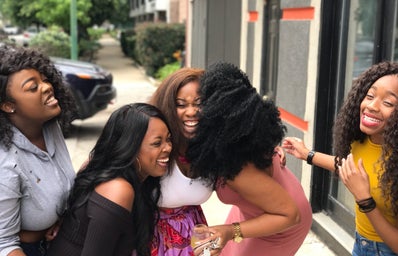(A Brit’s guide to texting etiquette pt 2)
Since we’ve broken down the different kinds of meanings for sending kisses – aka ‘x’ – and now it’s time for another lesson on what the different kinds of ‘laughing out loud’ mean, so you can decipher whether or not something is actually funny – or if you’re in trouble.
When ‘LOL’ came about initially, it only had one meaning, to laugh out loud. But just like many things that have been about for decades, meanings are diluted and changed and extended. But let’s just clarify, if you get a ‘lol’ or ‘Lol.’ from anyone that’s over 40, they’re probably laughing out loud.
If someone sends you ‘lol,’ it’s never a good thing. Whether this be on its own or at the end of a sentence. It’s quite passive aggressive. You’ll notice that about British people, they’re not a confrontational bunch, so they create petty alternatives to demonstrate how they’re really feeling. ‘Lol’ is kind of like a substitute for ‘It’s funny how…’, and is what you would call a dry laugh. It is humourless and often sarcastic. Eg; ‘I thought you said you didn’t want to go lol.’ ‘Lollll’ can also be used to emphasise this point, but has less of an impact than ‘lol’ on its own.
‘LOL’ however, is less passive aggressive and used when something is humorous, but more shocking than funny. It also shows that you care about what the person is telling you because the capital letters convey surprise. Eg; ‘LOL, are you serious?’ or you could say ‘you’re joking LOL’ . Similarly to ‘x’, ‘lol’ can be used in replacement or conjunction with punctuation marks.
Question marks always help when you’re confused about something. So ‘lol???’ is a way of asking ‘what’s going on here?’ or ‘are you alright?’ but not in the nice way. It’s easier to understand if you visualise the Nick Young meme when he’s looking around like ‘????’ Eg; ‘Her boyfriend lied and said she was his cousin’ and you would reply ‘lol??? what’.
‘LOOOOOL’ is when something is actually funny, but not funny enough to use emojis and you need to show that you found it funny.
Similarly, ‘LOOOOOL’ that uses more than 5-6 O’s just means that something is hilarious. It’s the exact equivalent to ‘LMAOOO’, which is widely used across the U.S.
Things get a bit trickier here with ‘loool’, because there is no one definitive meaning like the other variations. It’s all dependent on what you’re saying and who you’re saying it to. One example is that whatever you’re saying isn’t necessarily supposed to be funny; you just find it funny. Eg; ‘loool I knew you were going to say that’. Others may use it to soften the blow if something isn’t that funny. Eg; ‘you’re not funny’ vs ‘you’re not funny loooool’ do you see how one is less harsh than the other?
‘Looooooooool’ is simply used when something is funny, but when you do a little chuckle or a heavy breath without actually laughing. It’s not worth using emojis and it’s definitely not worth capital letters, but you want to show that you were at least somewhat amused.
Just like with ‘x’s, there are popular spelling mistakes that have been incorporated into the vocabulary. ‘LOOOO’ or ‘loooooo’ are both used when you’re typing too fast and you don’t manage to send the last ‘L’ in time. The same should be applied to ‘LOOOOOK’ or ‘loooook’. Like ‘cx’, the letters are next to each other on the keyboard, and therefore the mistake is inevitable. Just apply it to the aforementioned rules.
Just as a pro tip; if you want to be especially passive aggressive, you can use ‘lol’ and ‘x’ simultaneously. Eg; ‘lol not quite x’. This does not always work however, and you might end up sounding nice, so be careful and happy texting! I hope this helps you become a little bit more British!


